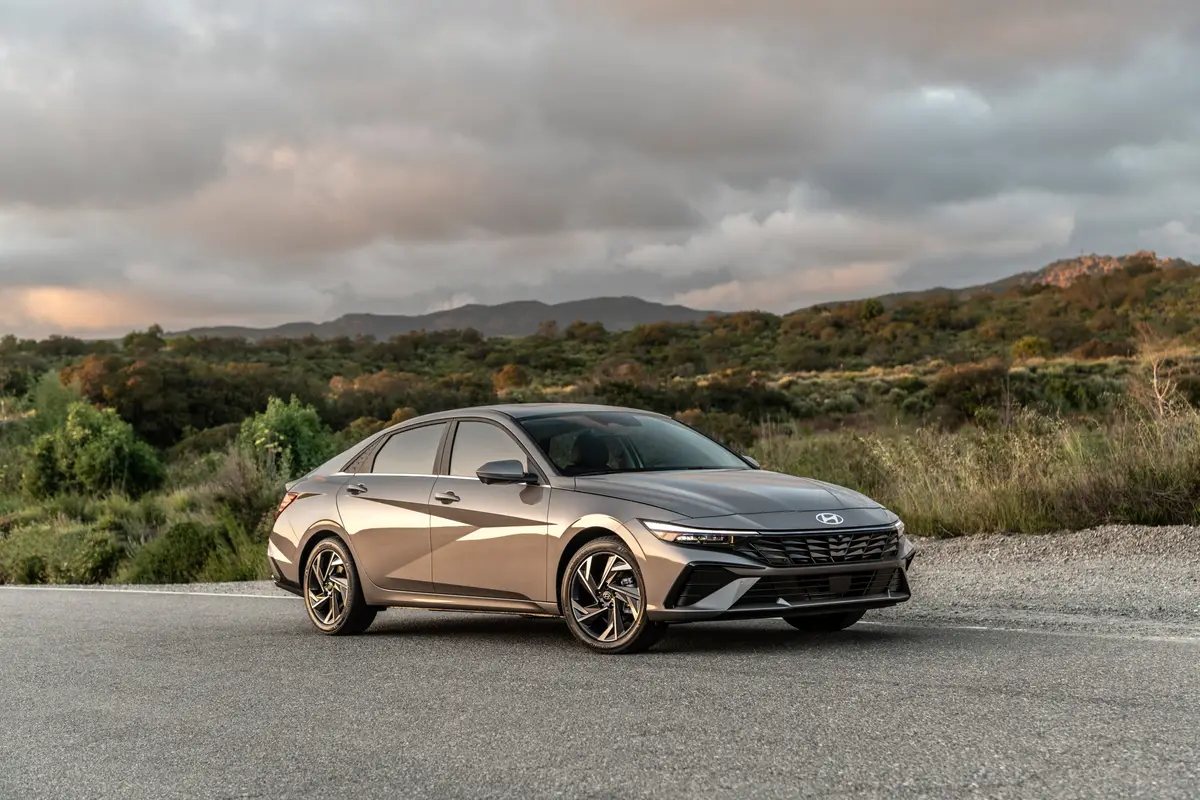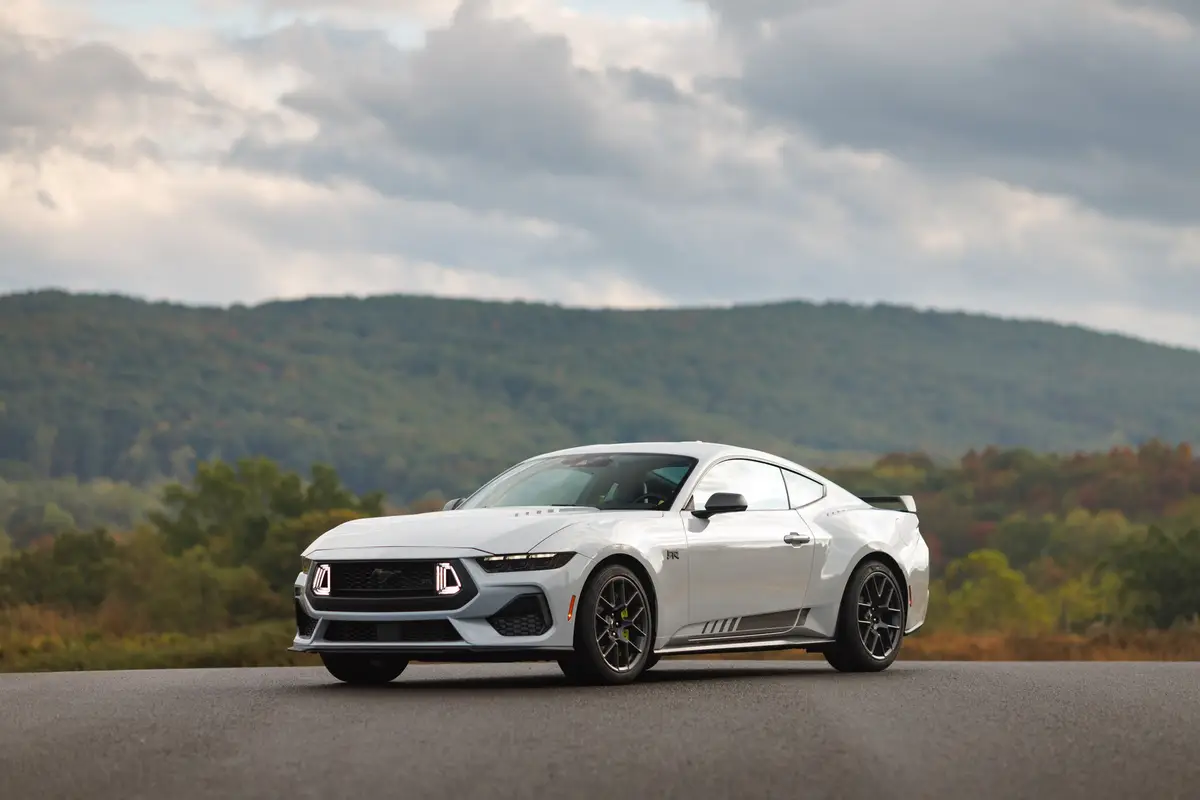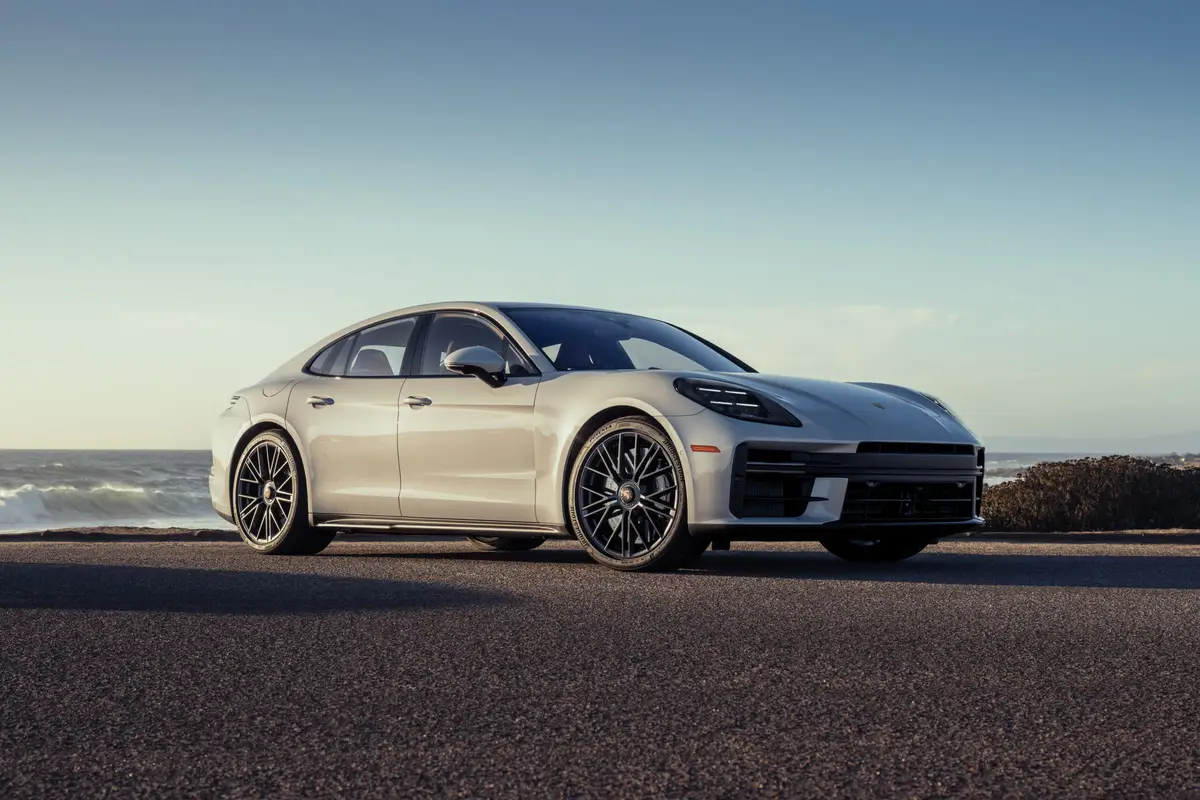washingtonpost.com's view
I expected less, which is what happens when expectations are based on appearances.
I’d seen the 2001 Ford Escape utility wagon — a station wagon with sport-utility attributes — on display at auto shows in Detroit and New York. I wasn’t impressed. It seemed a boxy little thing, a shortened version of the mid-size Ford Explorer sport-utility vehicle outfitted with molded, scuff-resistant body panels to make it look tough.
I gave it a pass and skipped the introductory test drives offered by Ford Motor Co. I figured I could wait.
I guess that’s why I write about cars and trucks, while Ford chief executive Jacques Nasser builds and sells them. He has a better sense of what works in the market.
The Escape works.
In fact, with its optional 3-liter V-6, it kicks butt. Whoa, baby! This thing can move! I drove it 600 miles along East Coast highways and back roads. I drove through rainstorms and mud in automatic four-wheel drive, during which power flows to the rear wheels only when sensors detect a loss of traction. I never slid, never got stuck.
On dry roads, I left every comparable Honda CR-V, Toyota RAV4 and Nissan Xterra in my wake. This was no attempt to show off or engage in aggressive driving. The tested V-6 Escape XLT 4WD is just fast, and exceptionally well-balanced.
On the latter point, I learned something. Traditional pro-truck bias favors body-on-frame construction. Such trucks are rugged. They can take a beating on the road and off.
But the body-on-frame approach also leads to a more truck-like ride, which many consumers dislike. They want something that looks like a truck but rides like a sedan or sports car. They also want something that is less tippy than conventional trucks.
The Escape is a unibody vehicle, which means it is built without frame rails. That also means Ford was able to widen and lower the Escape’s body, thereby helping to improve its stability in curves, as well as in crash-avoidance maneuvers. The vehicle feels solid, safe. Those feeling are enhanced by the Escape’s interior design.
The five-passenger cabin is functional and comfortable, with one notable exception. Both the automatic gearshift and window-wiper levers extend rightward into the vicinity of the center, dash-mounted console. The gearshift lever especially gets in the way of operating the radio’s volume and station-selection controls.
But there’s compensation aplenty for that minor shortcoming, including multiple storage compartments, four rear tie-down hooks, standard anti-lock brakes (on the XLT), an auxiliary power outlet in the cargo area, retained accessory power (to operate power windows for about a minute after ignition is turned off), a built-in anti-theft immobilizing device and standard washable cloth seats.
The Escape is an all-new joint-venture offering from Ford and Mazda Motor Corp., which is 33.4 percent owned by Ford. Mazda’s version is the Tribute, which is essentially the same as the Escape. It matters little. This one is going to sell, probably better than DaimlerChrysler’s hot-selling PT Cruiser utility wagon.
The PT Cruiser and other rivals might look better, but the Escape has much better moves at a generally more appealing price. Advantage: Ford.
Nuts & Bolts
2001 Ford Escape
Complaints: Power was great, but mileage was disappointing. I barely got 18 miles per gallon in mostly highway driving.
Praise: The V-6 Escape XLT 4WD beats everything in its category (small utility wagons, hybrid car-trucks) in terms of acceleration, handling and sheer joy to drive. See for yourself. Run it against the Toyota RAV4, Honda CR-V, Subaru Forester and Outback, Nissan Xterra, and Chrysler PT Cruiser. It leaves ’em in the dust.
Layout: The Escape is available with front-wheel or four-wheel drive. The 4WD version is a two-parter — auto matic for normal driving, lockable four-wheel drive for rougher going. The 4WD system is operated by a switch on the dashboard.
Engines and transmissions: Two of both are available. The optional 24-valve, 200-horsepower 3-liter V-6 is recommended for people who like to run fast and tow stuff. The standard 130-horsepower 2-liter inline four-cylinder engine is adequate for folks who just want to get from one place to another. A five-speed manual transmission is standard and is recommended for the inline four. An electronically controlled four-speed automatic is optional.
Capacities: The Escape can be equipped to tow up to 3,500 pounds. Maximum cargo capacity is 63 cubic feet. Fuel capacity is 15.3 gallons (regular unleaded is recommended).
Price: Base price on the tested V-6 Escape XLT 4WD is $22,300, including $1,480 for the optional V-6 engine and four-speed automatic transmission. Dealer’s invoice price on that model is $20,250. Price as tested is $22,815, including a $515 destination charge. The price is preliminary, meaning it’s subject to change, and it does not include local taxes and fees.
Purse-strings note: It’s a buy.
Latest news



